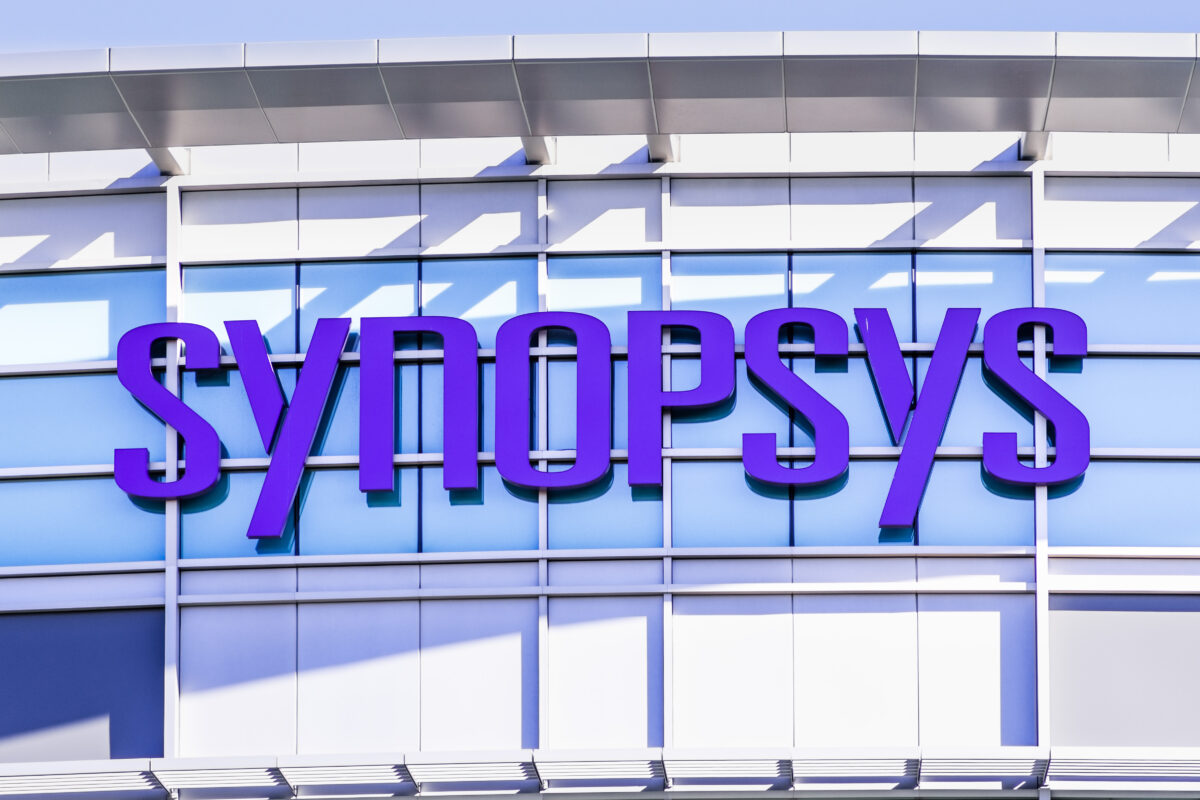TLDRs;
- China approves Synopsys-Ansys merger conditionally, though details remain undisclosed.
- Global regulators, including the U.S. FTC, have imposed divestiture requirements to address monopoly risks.
- The deal highlights how semiconductors are now central to national strategy and geopolitical tensions.
- Tech mergers face increasingly complex approval processes shaped by competition, security, and innovation concerns.
China has conditionally approved the high-stakes merger between Synopsys and Ansys, marking a pivotal moment in the cross-border regulatory journey of one of the year’s most closely watched tech acquisitions.
The decision by China’s State Administration for Market Regulation, released on Monday, signals a cautious go-ahead for the multibillion-dollar deal, though specific conditions tied to the approval were not disclosed publicly.
This latest nod represents just one step in a global regulatory gauntlet the merger has had to navigate. Already, authorities in the United States have imposed strict divestiture mandates.
The Federal Trade Commission (FTC) required Synopsys to offload its optical and photonic software tools, while Ansys had to divest its PowerArtist power analysis tool to Keysight Technologies. These moves were designed to prevent monopoly risks in niche markets where the combined entity would otherwise hold near-total control.
Growing Complexity of Global Tech Mergers
The Synopsys-Ansys deal highlights how the landscape for technology mergers has transformed. Once dominated by swift approvals and minimal oversight, today’s mergers are increasingly shaped by geopolitical friction and the strategic value of emerging technologies.
Regulators across multiple jurisdictions are now closely examining how such deals might affect national competitiveness, data security, and industry innovation.
What makes this merger particularly notable is the level of scrutiny it has attracted from authorities across the globe. Unlike previous decades, when tech giants like Google routinely acquired firms with limited interference, regulators today are taking a more interventionist stance. This is not only about competition but also about the broader implications of technological concentration in sensitive sectors such as semiconductor design.
Semiconductors at the Heart of Geopolitics
At the core of this deal is the semiconductor industry, which has rapidly become a flashpoint in global economic and political tensions. The merger comes at a time when the U.S. and China are increasingly at odds over access to advanced chipmaking tools and design software.
Reports have suggested that China’s delay in greenlighting the Synopsys-Ansys deal may have been a strategic response to U.S. export controls on Electronic Design Automation (EDA) software.
The approval, even if conditional, reflects China’s awareness of how critical this technology is to its long-term national interests. By placing conditions on the merger, Beijing appears to be signaling that it will allow the deal to proceed but on terms that mitigate risks related to market concentration and technology transfer.
A New Era of Strategic Regulation
The road to merger approval is no longer paved solely with financial disclosures and antitrust assessments. Governments are now incorporating broader economic and security calculations into their reviews.
In the U.S., the Committee on Foreign Investment (CFIUS) has reviewed more than 1,600 transactions involving foreign interests. Similarly, China’s recent move demonstrates a commitment to regulating not just domestic companies but also foreign tech influence within its borders.
As the Synopsys-Ansys merger moves forward, it stands as a bellwether for future tech acquisitions. Regulatory bodies are sending a clear message: in today’s tech landscape, major mergers will not be rubber-stamped. They must pass through a maze of national interests, security concerns, and public policy objectives.






